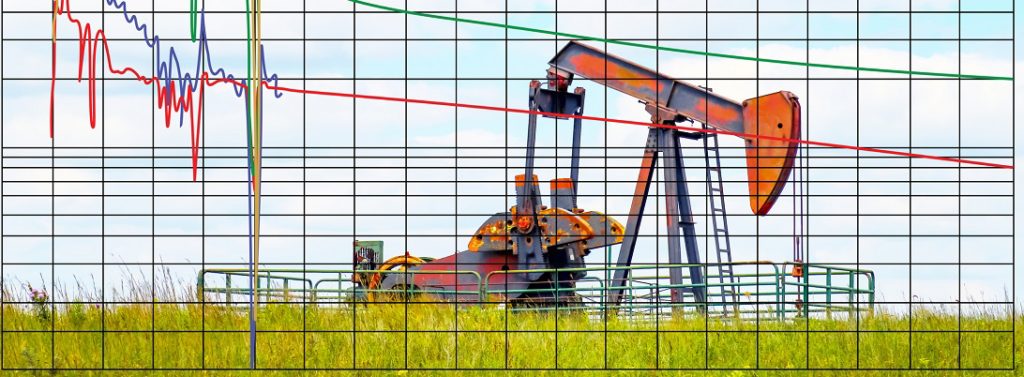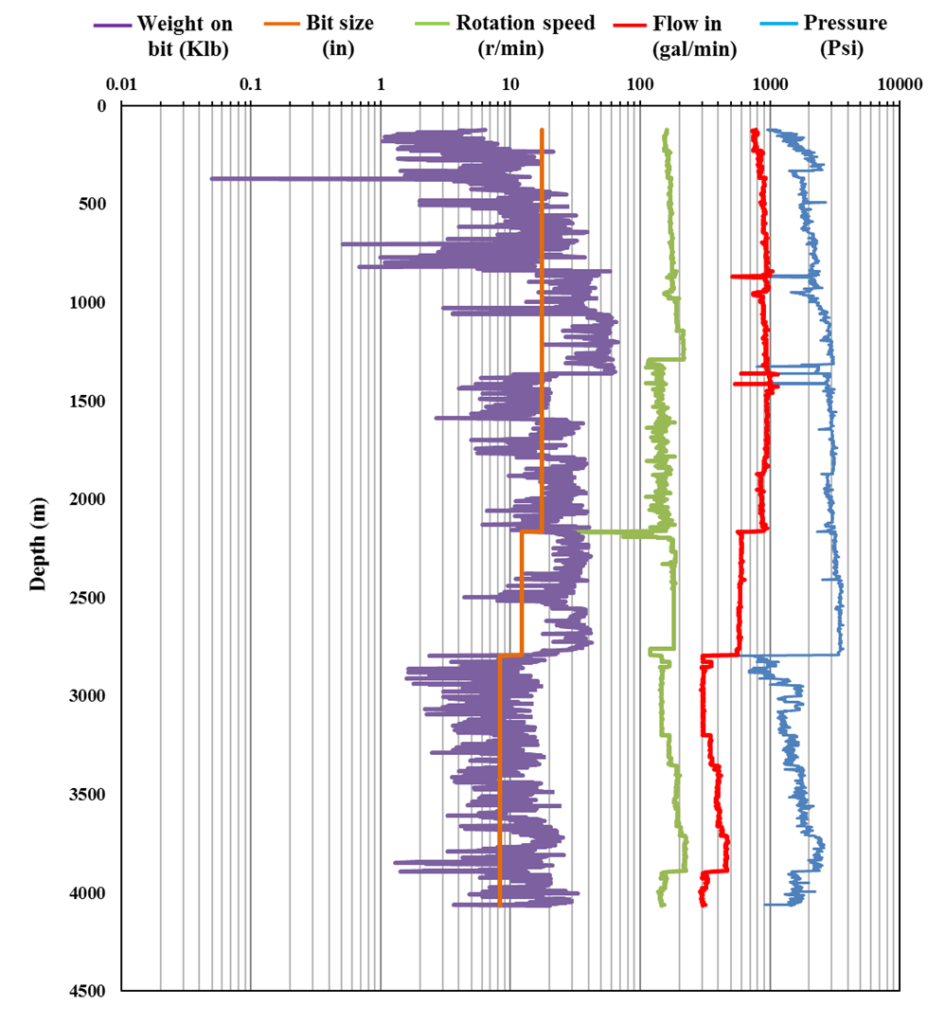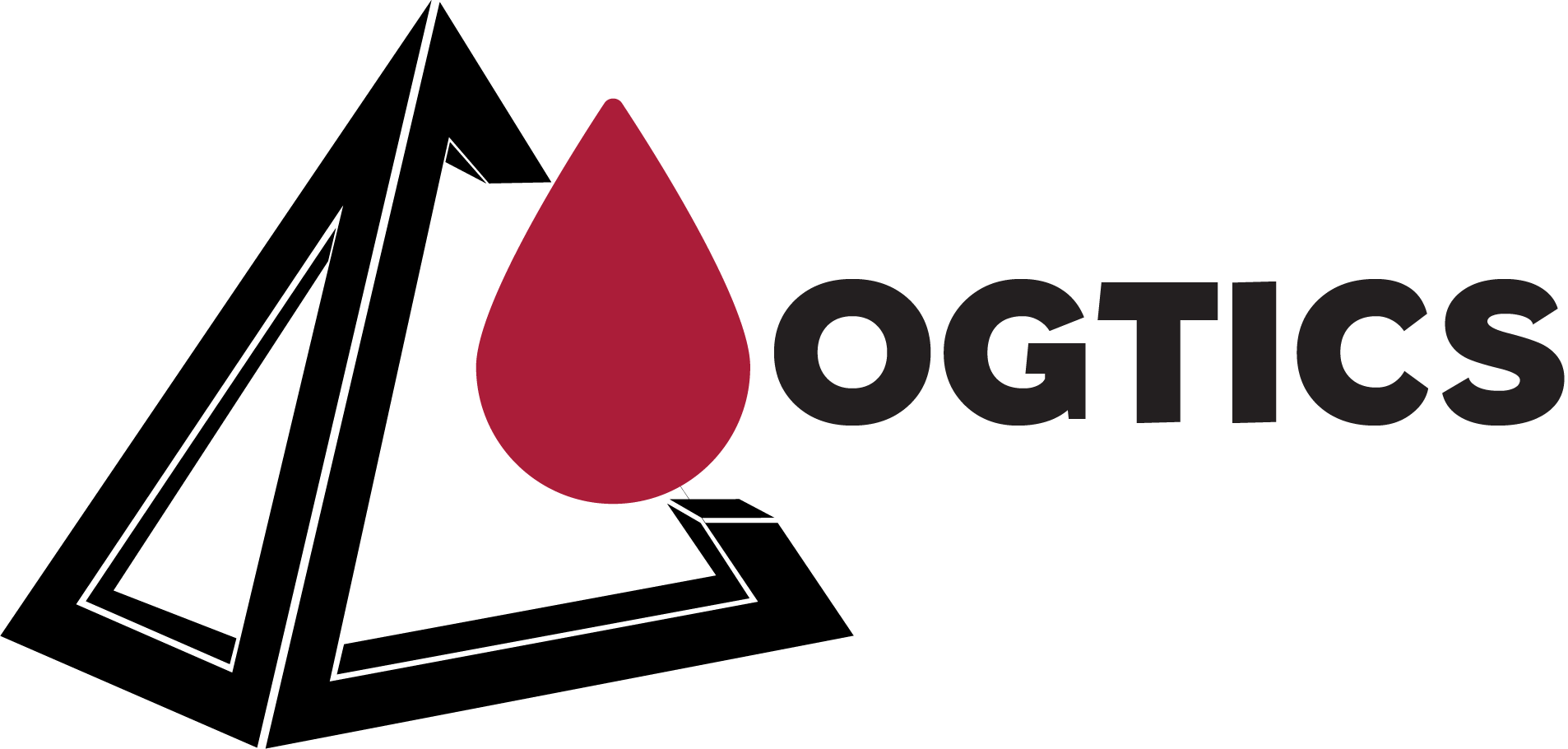
Optimising the drilling rate of penetration by amending drilling parameters represents one of the most important tasks of drilling engineers. Due to the high cost of oil well drilling, it is very important to select optimum drilling parameters. While it is important to achieve the highest possible drilling rate, this should be associated with an accurate bit selection programme in order to reduce bit damage, as bit damage will increase the cost of well drilling not only due to the high cost of bits but also due to the time required to pull the drill string out of the well in order to replace a damaged bit.
The drilling rate of penetration is affected by various parameters, including the type of bit, drilling string rotary speed (rotary table speed), bit nozzle numbers and sizes, weight on bit (WOB), and rock properties. Clearly, it is not possible to alter rock properties; thus, optimising the other drilling parameters is the focus of drilling engineers seeking to obtain the maximum possible drilling penetration rate.
Drilling parameters such as drill string rotation speed, bit nozzle number and size, and the weight exerted on bit are thus often based on practical experience. Drilling engineers use their field experience to select different values of drilling parameters for the different drilled formations in the knowledge that the optimum selection of such drilling parameters improves the drilling rate of penetration.
As drilling rate of penetration is affected by many factors, the process of selecting the optimum drilling parameters using conventional mathematical methods is prohibitively difficult. To simplify the evaluation of the effect of drilling parameters on the drilling rate of penetration, machine learning methods can be used as an alternative method to reduce the uncertainties in selecting optimum drilling parameters. The difference between traditional mathematical models and machine learning models is that the former requires prior accurate information about all parameters involved and their relationships, while the latter can predict relationships between large numbers of variables without prior accurate knowledge about these relationships.

There is no doubt that real-time Machine Learning for drilling management, optimization and hazard prevention will become as standard as any other common technologies we routinely use at the rig now. Because if it works, then why would you ever drill without it? The industry is ready and the pathway is open, now it is only a matter of time, talent and joint effort to make it happen.
